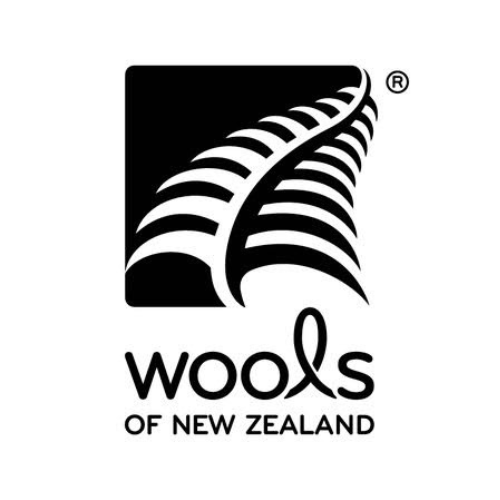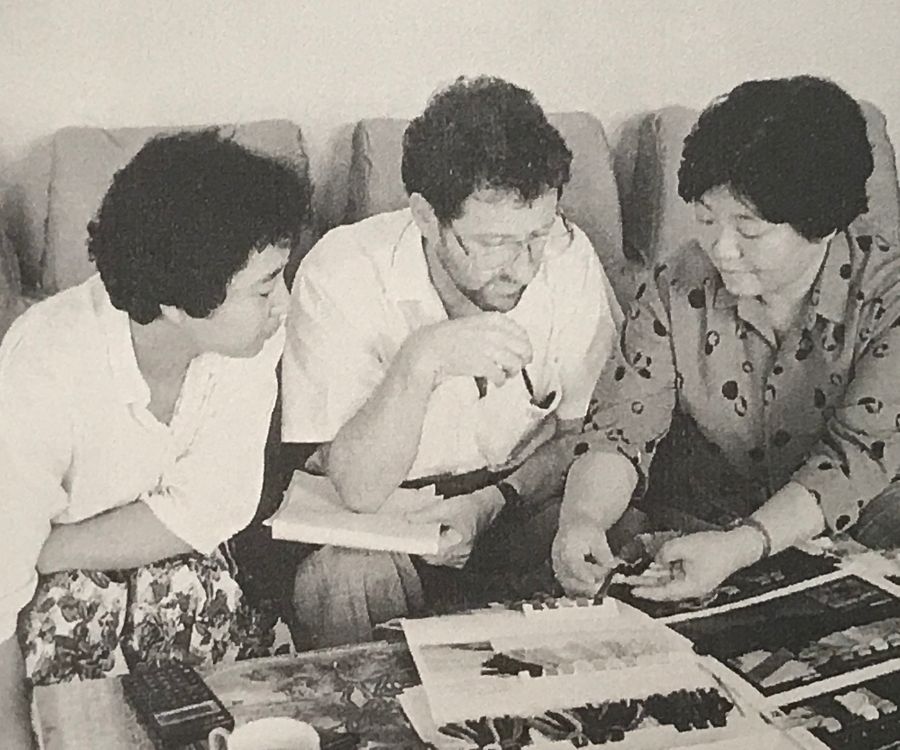
WOOLS OF NEW ZEALAND
THE NEW ZEALAND WOOL BOARD IN CHINA – SINCE 1974
The New Zealand Wool Board was a unique organisation, fully funded by a levy on New Zealand wool. Included in it’s responsibilities was the development of new markets.
The Board did not sell wool directly, but supported wool exporters with a wide range of market development, R&D and technical initiatives.
In the early 1970’s wool exports to China were small, due to China’s limited buying power, limited markets and largely undeveloped textile industry.

Led by Roger Buchanan, early visits buy NZWB officials, and technologists established that there were opportunities, initially for hand-knitting yarn and blankets, both high consumption items in the market.
Exports focused on these products, and established the value and potential of New Zealand wool in the Chinese textile sector. Technical delegations made many reciprocal visits to establish mutual undertsanding of the industrial and technical environemnts.
The Wool Board was a major partner in the International Wool Secretariat (owner of the famous Woolmark brand) but due to political difficulties with China, decided to proceed independently.
China’s
economy developed quickly, and our exports had to follow the trend away from
hand-knitting yarn and blankets towards ready-made garments and machine made
carpets.
This was facilitated by the Wool Board, and it’s later subsidiary, Wools of New Zealand.
“Wools of New Zealand’s Al Ross working on yarn developments with staff at Beijing No 2 Handknitting Yarn mill, 1980”. Photo kindly provided Ngaio Press, ‘Last Shepherd’ book
The strategy was for Wools of New Zealand to carry out a range of industrial marketing programmes to facilitate an easy commercial and manufacturing transition.
The machine-made carpet sector had to be convinced wool was worth the extra trouble (compared to synthetic fibres), and the marketing arguments developed to convince the market to take the products. The emerging consumer sector created enormous demand for home textiles, including rugs.
The explosively developing hotel and commercial office sector made for equally high opportunities for machine-made carpets, the main international end-use for New Zealand wool. The 2008 Olympics saw one new 5-star hotel open almost every day. Wools of New Zealand was successful in ensuring wool carpet scored highly in the star assessment process.
Wools of New Zealand also worked with major hotel groups to ensure carpet care and maintenance was appropriate, and the reputation of wool was maintained.
Wools of New Zealand seconded the first full-time staff member to NZTE in 1989, and opened a Representative Office in 1993. Fully funded by woolgrowers, up to 15 local expert staff were employed across a range of fields ranging from raw material specification to product marketing.
Two New Zealand staff (Mark Lewis and Al Ross) managed the operation in Beijing, whose activities extended to every province in China.
The Wools of New Zealand brand (the Fernmark) was launched in 1997 and the top carpet manufacturers were licensed to use the brand, acknowledging their compliance with international quality standards.
For many years wool was New Zealand’s largest export to China, and remains the largest market for New Zealand wool.
The establishment of a strong market position in China’s evolving market, and continued preference for New Zealand wool is testament to the market
development activities carried out by the New Zealand wool growers. (With the dissolution of the Board in 2003, woolgrower funds were no longer available for this type of activity, and the China office was closed).
Al Ross